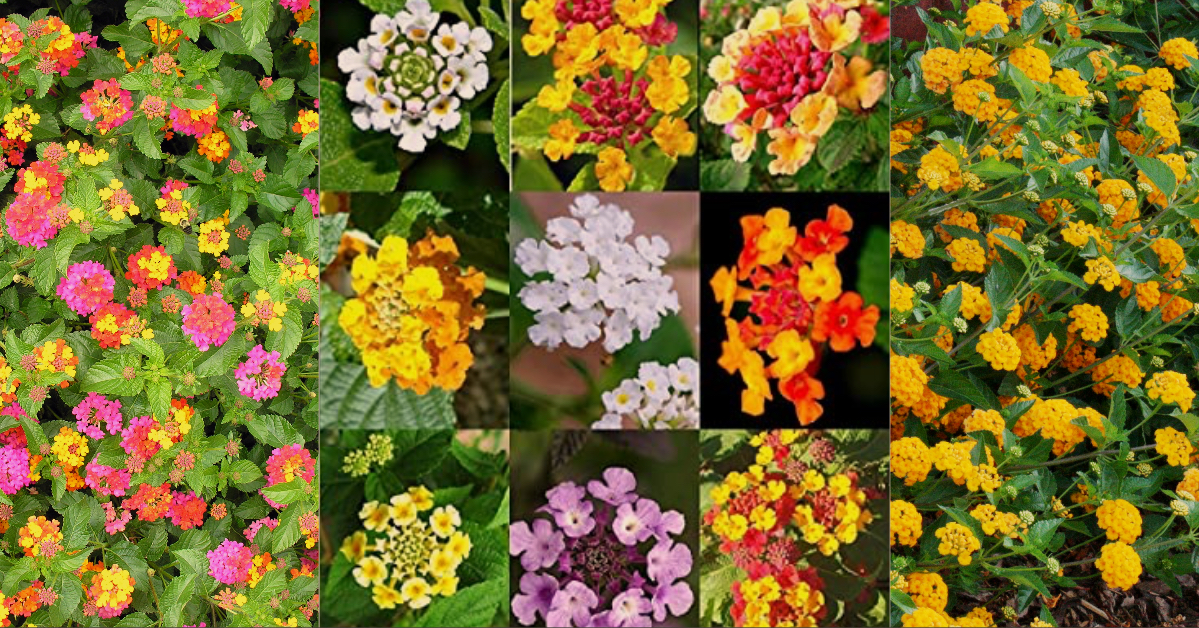Plants That Survive and Thrive on the OBX – Lantana
go.ncsu.edu/readext?672324
en Español / em Português
El inglés es el idioma de control de esta página. En la medida en que haya algún conflicto entre la traducción al inglés y la traducción, el inglés prevalece.
Al hacer clic en el enlace de traducción se activa un servicio de traducción gratuito para convertir la página al español. Al igual que con cualquier traducción por Internet, la conversión no es sensible al contexto y puede que no traduzca el texto en su significado original. NC State Extension no garantiza la exactitud del texto traducido. Por favor, tenga en cuenta que algunas aplicaciones y/o servicios pueden no funcionar como se espera cuando se traducen.
Português
Inglês é o idioma de controle desta página. Na medida que haja algum conflito entre o texto original em Inglês e a tradução, o Inglês prevalece.
Ao clicar no link de tradução, um serviço gratuito de tradução será ativado para converter a página para o Português. Como em qualquer tradução pela internet, a conversão não é sensivel ao contexto e pode não ocorrer a tradução para o significado orginal. O serviço de Extensão da Carolina do Norte (NC State Extension) não garante a exatidão do texto traduzido. Por favor, observe que algumas funções ou serviços podem não funcionar como esperado após a tradução.
English
English is the controlling language of this page. To the extent there is any conflict between the English text and the translation, English controls.
Clicking on the translation link activates a free translation service to convert the page to Spanish. As with any Internet translation, the conversion is not context-sensitive and may not translate the text to its original meaning. NC State Extension does not guarantee the accuracy of the translated text. Please note that some applications and/or services may not function as expected when translated.
Collapse ▲Join the Master Gardener℠ volunteers of Dare County in the coming weeks to discuss plants that have been proven to survive and thrive on the OBX!
Lantana
Highlights
- Lantana like full sun.
- Are tolerant of all soil types provided they are well drained and slightly acid.
- Lantana should be planted in the Spring; at least 2 weeks after danger of frost has past.
- Hardy Lantana will typically not show new growth until soil and air temperatures are quite warm.
- Newly planted Lantana will need moist soil for the first few weeks until roots spread into surrounding soil.
- Lantana require little fertilizer; a small amount in the Spring is usual sufficient.
Pruning and When
- Perennial Lantana should be pruned back hard in the Spring (March) to remove old growth and prevent woodiness.
- Cut back 6 to 12 inches from the ground level.
- Avoid hard pruning in the Fall as this can reduce cold hardiness.
- During the summer, Lantana that have become too large for their space may be pruned back a third of their height and spread.
- Newly pruned Lantana will return to bloom quickly with watering and light fertilizing.
Check back in the coming weeks to learn about more plants that survive and thrive on the Outer Banks.
Learn more about Master Gardener℠ volunteer programs in Dare County!





